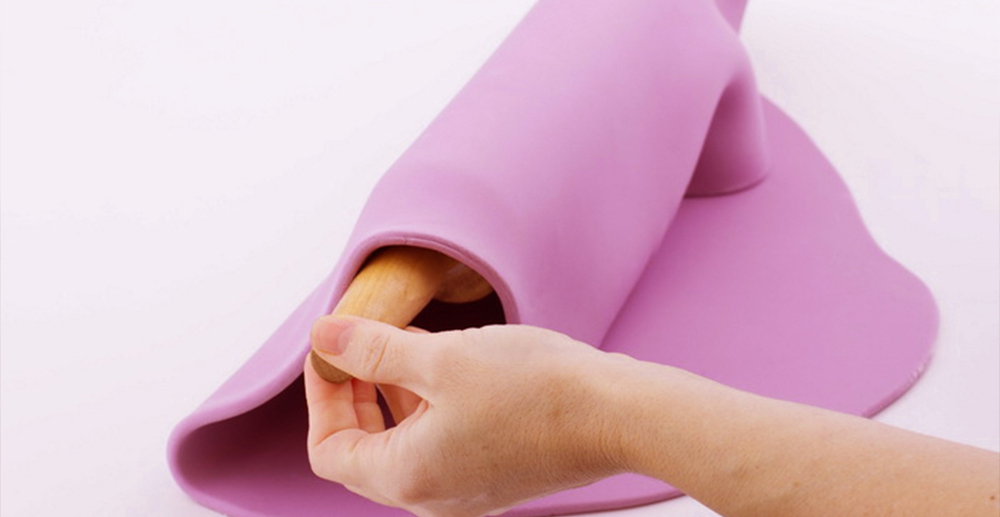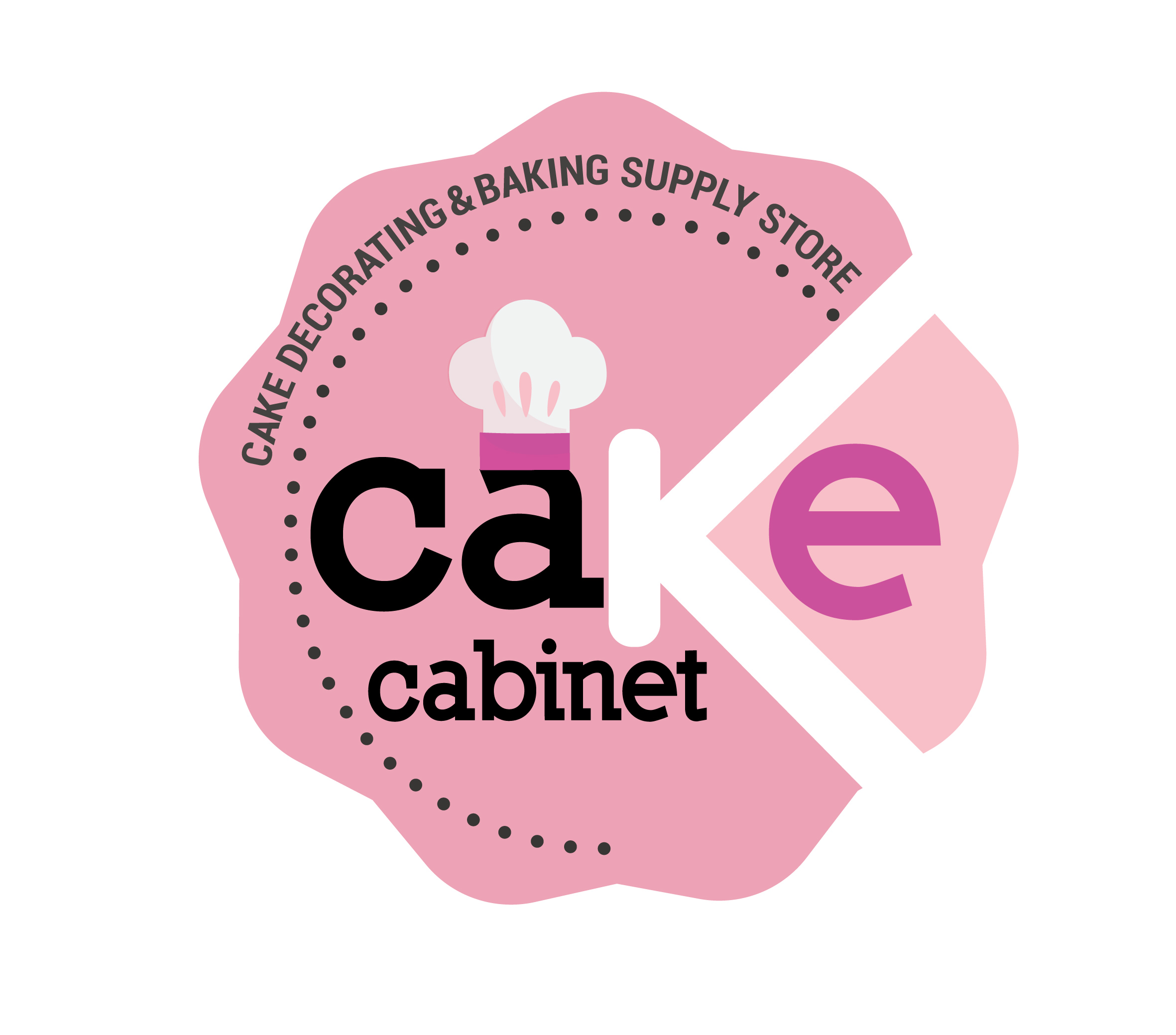What is Sugarpaste?

Sugarpaste is a fantastic medium; it allows you to cover cakes, sculpt and mould into any shape, make characters, figurines and sugar flowers. It maintains itself during the hottest of months and works perfectly well during winter.
The Australians/Americans call it Fondant, whereas us Brits and Europeans call it Sugarpaste.
What is Sugarpaste?
Sugarpaste is a sugar-based product which is 100% edible. It is pliable, moldable; it's very similar to modelling clay. Sugarpaste can be flavoured, although most have a hint of vanilla. Under the layer of sugarpaste sits buttercream, the piece which jams everything in place before the finale.
Once it's on the cake, there are no rules on whether you can eat it or remove it, its entirely your call! Some prefer the sickly sweet taste as an addition to their slice of cake, and some prefer to remove it and enjoy the luscious buttercream.
How to Knead sugarpaste?
Make sure the work surface is clean, a decorating mat can be placed if you find it easier to work on. Remove any jewellery from your hands and wrists; these could leave indentations on the sugarpaste. You can wear disposable gloves or grease them with a little Trex (vegetable shortening). Also, grease the work surface. Can use icing sugar on the work surface as opposed to vegetable shortening. Kneading sugarpaste is similar to kneading bread dough; however, sugarpaste is heavier and stiffer.
Start with smaller portions, and knead a section at a time. If the sugarpaste is cold and hard, it can be warmed up in the microwave for 5 seconds, no more than that! Sugar can get very hot and burn your hands.
Use the thenar muscle in your hand to knead, the lower palm, push the sugarpaste in on itself while rotating it around. Continuing with this motion will work the sugarpaste into a smooth ball.
Problems areas to look out for:
Cracking
Air bubbles
Stickiness
How to avoid Cracking
Cracking happens in the icing with the overuse of icing sugar. Sometimes we do need icing sugar in the rolling stage, but too much isn't good either. A good sugarpaste shouldn't require too much if you use a non-stick rolling pin, you will find no icing sugar is needed.
Always avoid cornflour - the worst nightmare as it will dry the sugarpaste very quickly.
If you find that you have used the above two, a minimal amount of Trex (vegetable shortening) will stop the process of cracking when kneaded in properly.
How to avoid Air Bubbles
Air bubbles are caused when air gets trapped under the surface, causing it to air bubble. Never fear, this is where the PME Scriber tool comes into use when a bubble appears, you need to release the air, the scriber tool is skinny, barely leaving a mark on the sugarpaste. Merely skew the scriber needle into the air bubble to free itself, then use the warmth of your hand to smooth out the mark.
How to avoid Stickiness
Stickiness occurs during climate changes. Sugarpaste can be a nightmare to work with during the hottest of months. This can also happen if the sugarpaste has been overworked. Best way to resolve it is to use extra icing sugar to balance the heat. If the weather is very humid, I'd highly recommend a dehumidifier; this will help the sugarpaste from sweating.
You don't need to be a professional baker to use sugarpaste!
Sugarpaste can be purchased from our incredible showroom of delightful goodies. We have an excellent colour selection as well as Brillant White. It's so easy to customise the colour, use our gel pastes, a toothpick at a time, knead the colouring in. If you have reached your desired shade, please stop or carry on for a darker/brighter effect........
